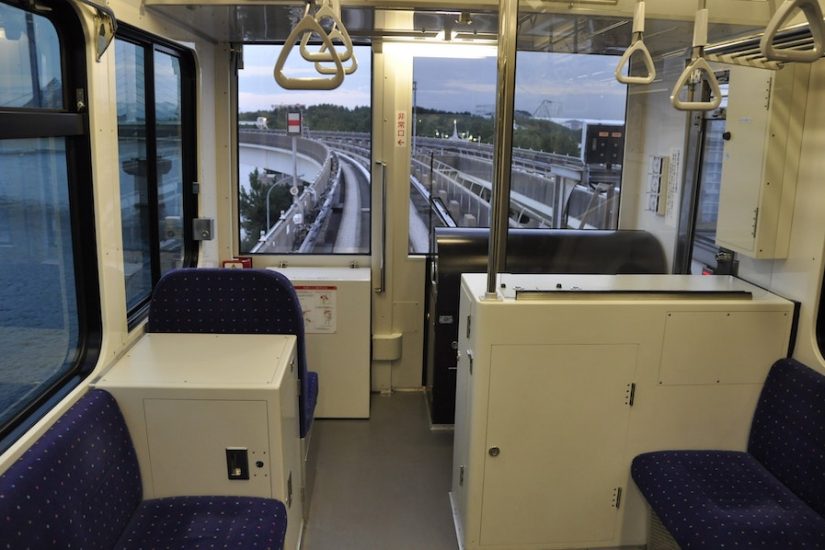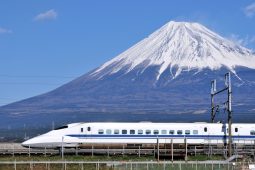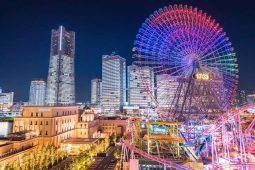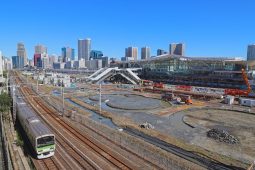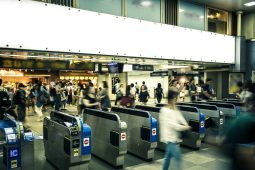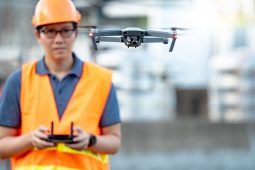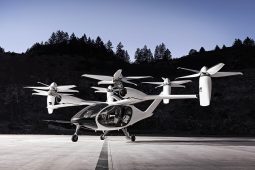When we think of automated driving, it is self-driving cars that first spring to mind. However, in Japan, where the railway network covers the whole country, automated driverless railways have recently become a hot topic. For example, one year ago a self-driving railway vehicle was tested on the Yamanote Line which connects major stations in Tokyo such as Tokyo Station, Shibuya Station, and Shinjuku Station, and drew much attention.
Autonomous driving seems like a new technology, but its history is surprisingly long. The world’s first automated unmanned railway was Kobe New Transit’s Port Liner which commenced operations in 1981. Although nearly 30 years have passed since then, automatic railways are not spreading. There is a reason for this.
Unmanned Automated Driving Put to Use Across Japan
Currently, there are several lines other than the Port Liner which have unmanned automated driving. For example, Osaka Metro’s New Tram/, the Yurikamome which runs along Tokyo’s waterfront area, The Nippori-Toneri Liner which is operated by Tokyo Metropolis, the Seaside Line which runs in the southern part of Yokohama City, and the Disney Resort Line which links the facilities at Tokyo Disney Resort.
All of these lines are elevated and their tracks are isolated from ordinary roads. Doors are installed on the platforms to prevent people from accidentally falling onto the tracks. People and vehicles almost never enter the tracks, there are no railroad crossings where accidents can easily occur, and they are well-protected from flying objects. For this reason, there is a distinctly low level of risk during unmanned driving.
JR Companies Test Manned Automated Driving Systems
It might seem that automated driving is more easily achieved along a railway track than it is with a car. However, because there are railway crossings, and people or objects are liable to enter onto the tracks, automated controls to avoid danger are difficult. Moreover, on lines such as the Yamanote Line a higher level of safety is required.Because of overcrowded schedules during rush hour when trains run every few minutes it is necessary to preserve a safe distance between trains, and should someone fall from a crowded platform this needs to be swiftly detected in order to stop the train.
In addition to transit systems such as the Port Liner, there are several subway lines that operate automated vehicles, such as the Tsukuba Express, Toei Subway’s Oedo Line, and Tokyo Metro’s Namboku Line, but these are carefully provided with drivers. This is probably because, unlike systems such as the Port Liner, it is difficult to prevent people from entering onto the tracks.

The automated train of East Japan Railway Company’s (JR East’s) Yamanote Line, introduced above, is also the type that has a driver. The same is true of the automated driving that JR East plans to introduce on the Joban Line. In addition, Kyushu Railway Company (JR Kyushu) also conducted a running test of an autonomous train. According to reports, West Japan Railway Company (JR West) have also conducted a running test.
JR companies are not aiming for completely unmanned driving. Their aim is to reduce the burden of driving operations, so that trains can be operated by drivers who do not require a high level of technical skill. In this way they seem to be preparing for a shortage of drivers in the future.
An Unmanned Automated Driving System that Runs at 500 km/h
Among the JR Group, there is a line for which there is an ongoing plan to introduce unmanned automated driving. That is the Chuo Shinkansen of Central Japan Railway Company (JR Central) which is scheduled to open in 2027.
The Chuo Shinkansen can be unmanned, because like the Port Liner its structure makes it difficult for people and objects to enter the tracks. Moreover, the Chuo Shinkansen runs at a speed of 500 km/h on a Magnetic Levitation (Maglev) — type linear motor railway, so even if a driver noticed a danger and tried to evade it, he would not be able to react in time, and would have no choice but to rely on the automated mechanism. In other words one could say that for the Chuo Shinkansen unmanned automated driving is essential.
As a result, Chuo Shinkansen will be the world’s fastest railway with an unmanned automated driving system.


